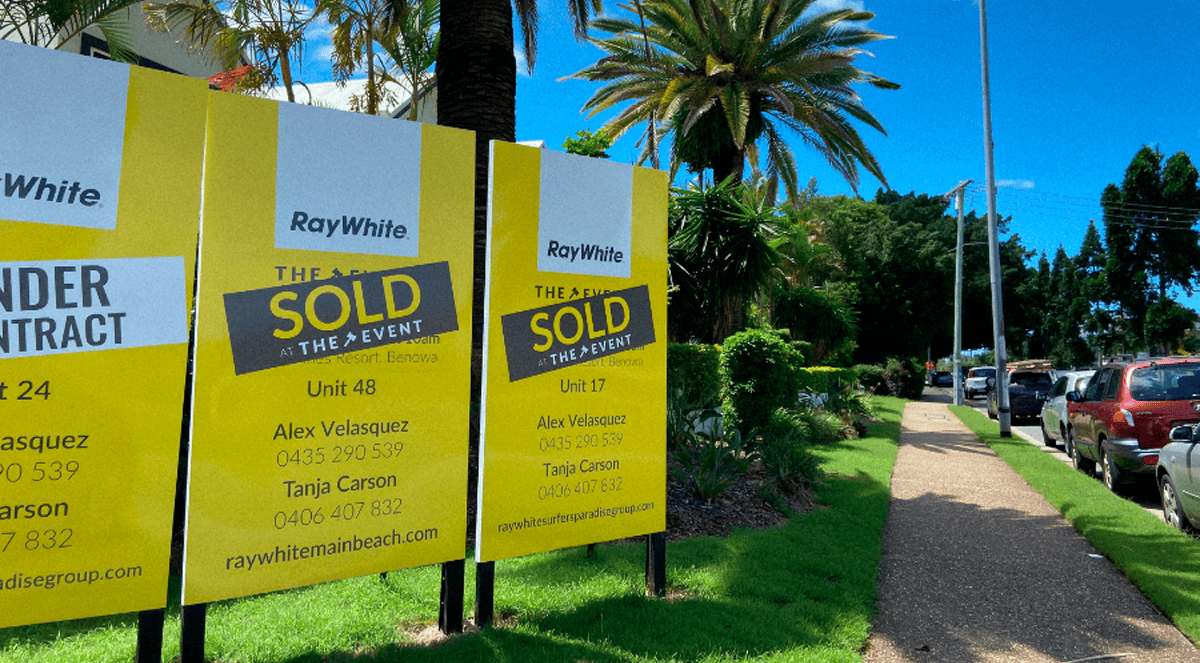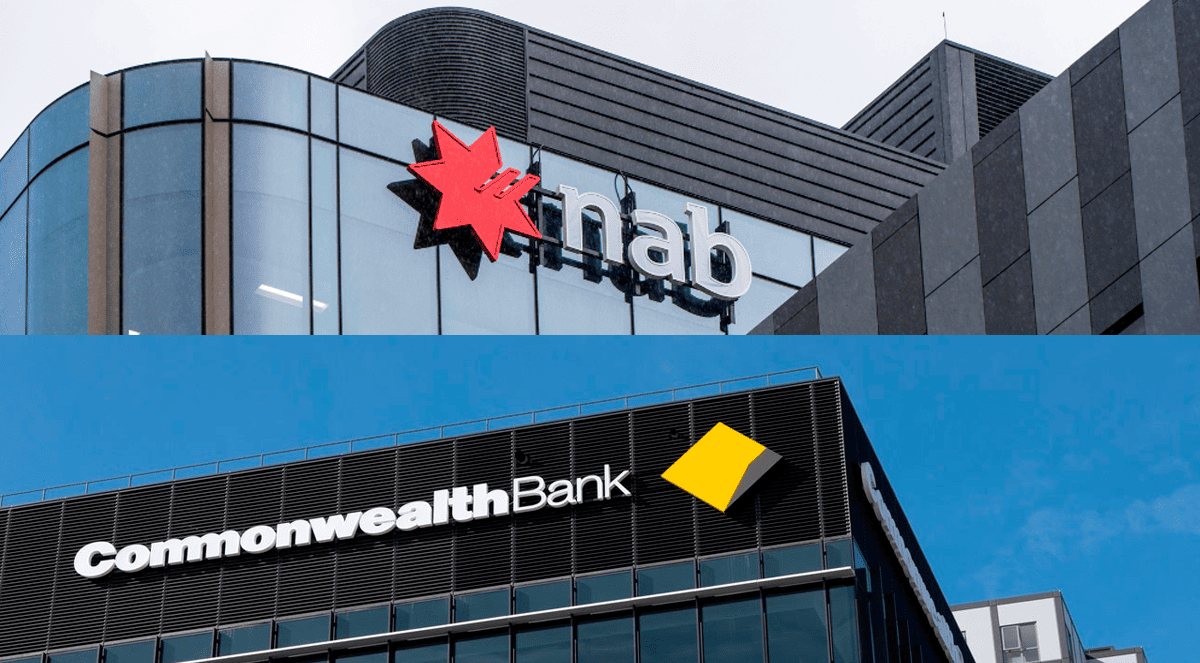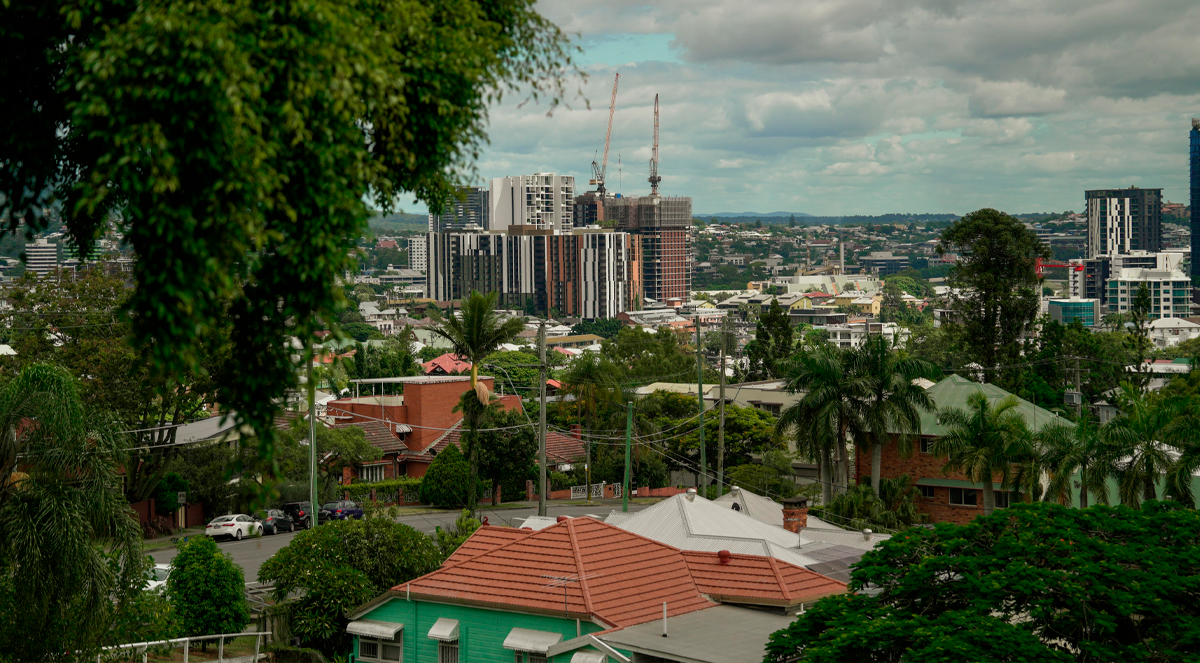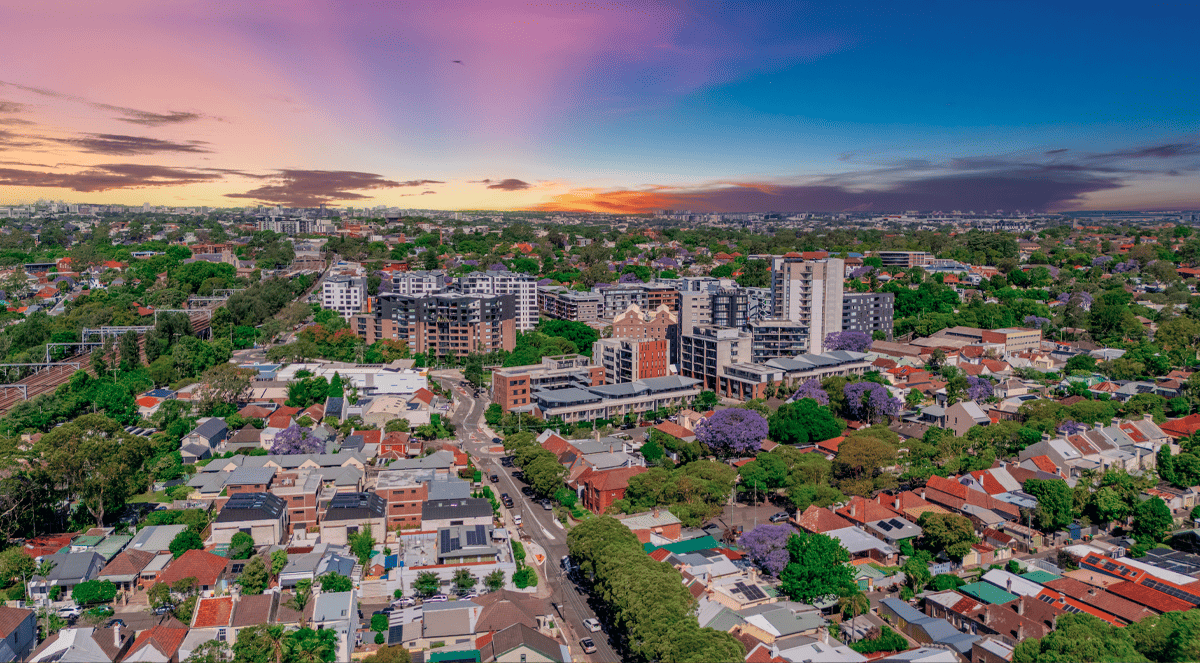Features > Property News & Insights > Market updates
July figures confirm housing values steady rise

KEY POINTS
- Cotality reports national dwelling values rose 0.6% in July, the sixth straight monthly gain, driven by tight supply, lower rates and resilient buyer demand
- Every capital city recorded a lift in values, with Darwin (+2.2%) and Perth (+0.9%) leading the charge, while Sydney’s median home price climbed to $1.23 million
- Rents rose 1.1% in the past three months, with unit rents up 1.3%, signalling renewed rental growth, led by the strongest increases in Darwin and Hobart
Home values are continuing to increase, with national dwelling values rising 0.6% in July, according to Cotality’s latest Home Value Index.
This marks the sixth straight month of national gains, confirming that a sustained price growth cycle is well underway across the country.
The details
“At the national level, the pace of growth in housing values is no longer accelerating,” says Cotality’s Research Director, Tim Lawless.
“Rather, we have seen growth rates holding a little above half a percent from month to month since May, as the opposing influence of low supply, falling interest rates and rising confidence run up against affordability constraints and lingering uncertainty.”
While the positive monthly trend has stabilised around 0.6%, quarterly gains reveal broader momentum, with Cotality’s national index rising by 1.8% over three months to the end of July 2025 - the strongest quarterly increase since June 2024.
Capital cities
Every Australian capital recorded value increases in July, led by a 2.2% rise in Darwin, followed by Perth (+0.9%).
At the lower end were Hobart (+0.1%), Melbourne (+0.4%) and Canberra (+0.5%), while Sydney put on 0.6%.
Although Australia’s most expensive city has managed annual growth of just 1.6%, the median price of a home is now an eyewatering $1,228,435.
At the other end of the growth spectrum, Darwin has seen its median home rise by 8.5% over the past year to a new record high of $549,371.
“While the Darwin trend doesn’t have much influence on the headline numbers, the Top End capital has moved into a solid upswing, posting a 9.7% gain through the first seven months of the year,” Mr Lawless says.
Meanwhile, Perth’s pace marks its fastest growth since September last year - a notable tailwind from the city’s broader three-year surge - and another slap in the face for analysts who declared last year that Perth's property boom was “cooked”.
The median home in the once affordable WA capital is now priced at $831,921.
Cotality says housing supply remains tightly constrained, with national listings currently 19% below the five-year winter average.
Meanwhile, estimated annual sales are 1.9% above average, demonstrating the tightness of the market.
“The imbalance between available supply and demonstrated demand has supported auction clearance rates, which have been tracking slightly above the decade average since mid-May,” Tim Lawless notes.
For the first time in nearly a year, the combined capital cities (+1.8%) exceeded regional areas (+1.7%) in quarterly growth, although regional QLD (+2.5%), SA (+2.0%) and VIC (+1.4%) still outpaced their respective capitals.
The shift suggests a renewed tilt toward urban markets after months of stronger performance in regional areas.
Houses vs units
Cotality’s July report shows freestanding houses are gaining momentum faster than units.
Over the last quarter, house values increased by 1.9% - adding roughly $16,700 to the median value - while unit values grew by 1.4% (about $9,700).
The house-unit value gap now stands at a record 32.3%, or about $223,000.
“Such a wide difference comes amid ongoing affordability constraints and a lack of newly built multi-unit housing supply, which seems counter-intuitive,” Mr Lawless says.
“Clearly, demand preferences are still weighted towards detached housing options despite the substantially lower price points available across the unit sector.”
Rents
In bad news for tenants, Cotality says rental markets are gradually heating up again.
The data analytics firm says seasonally adjusted rents rose 1.1% over the past three months - up from 0.5% in late 2024.
Rental growth is slightly stronger for units (+1.3%) compared with houses (+1.1%).
“The reacceleration in rental growth is clearly bad news for renters, where the median income household would already need around a third of their pre-tax income to pay rent,” Tim Lawless says.
“Renting households have historically skewed to younger, lower‑income cohorts, so no doubt the sting of high rents is having an even more acute impact on household budgets.”
Darwin unit rents surged 2.9%, followed by Darwin houses (+2.2%) and houses in Hobart (+2.0%).
Meanwhile, Melbourne posted one of the softest rental markets, with house rents rising just 0.1% in the June quarter.
The annual rent trend accelerated to 3.7% in July, up from 3.4% in May and June, but still well below the peak of 9.7% recorded in late 2021.
The outlook
Cotality expects interest rate cuts from the Reserve Bank of Australia, improving market sentiment and constrained housing supply to support further modest price gains.
“Given the upside risk that housing values will accelerate further from here as interest rates reduce, the reality is we will likely see home values rise by more than this over the coming 12 months,” Tim Lawless says.
Despite that optimism, affordability concerns remain a dampener.
Mr Lawless warns that high debt levels, stretched rental burdens, and tough loan‐serviceability rules will temper the extent of the upswing.
Stay Up to Date
with the Latest Australian Property News, Insights & Education.




.png?width=292&height=292&name=Copy%20Link%20(1).png)
 SIGN UP FOR FREE NEWSLETTER
SIGN UP FOR FREE NEWSLETTER





.jpg?width=1920&height=1080&name=Warning%2c%20You%20Might%20Be%20Facing%20Higher%20Taxes%20Soon%20(1).jpg)





.png?width=1920&height=1080&name=Rate%20Drops%20Signal%20BIGGEST%20Property%20Boom%20in%20DECADES%20(1).png)

.jpg?width=1920&height=1080&name=Labor%20vs%20Liberal%20These%20Housing%20Policies%20Could%20Change%20the%20Property%20Market%20Forever%20(1).jpg)
.jpg?width=1920&height=1080&name=QLD%20Slashes%20Stamp%20Duty%20Big%20News%20for%20Investors%20%26%20Home%20Buyers%20(1).jpg)
.jpg?width=1920&height=1080&name=Trump%20Just%20Slapped%20Tariffs%20%E2%80%93%20Here%E2%80%99s%20What%20It%20Means%20for%20Australia%20(1).jpg)
.jpg?width=1920&height=1080&name=Federal%20Budget%202025%20More%20Debt%2c%20No%20Housing%20%E2%80%93%20Here%E2%80%99s%20What%20You%20Need%20to%20Know%20(1).jpg)
.jpg?width=1920&height=1080&name=Australias%20Housing%20Crisis%20is%20about%20to%20get%20MUCH%20Worse%20(New%20Data%20Warns).jpg)
%20(1).jpg?width=1920&height=1080&name=Australias%20RENTAL%20CRISIS%20Hits%20ROCK%20BOTTOM!%20(2025%20Update)%20(1).jpg)
%20(1).png?width=1920&height=1080&name=Is%20Adelaide%20Still%20a%20Good%20Property%20Investment%20(2025%20UPDATE)%20(1).png)
.jpg?width=1920&height=1080&name=RBA%20Shocks%20with%20Rate%20Cuts!%20What%E2%80%99s%20Next%20for%20Property%20Investors%20(1).jpg)
%20(1).jpg?width=1920&height=1080&name=I%20Predict%20The%20Feb%20Rate%20Cut%20(My%20Price%20Growth%20Prediction)%20(1).jpg)
.png?width=1920&height=1080&name=Why%20Property%20Prices%20Will%20Rise%20in%202025%20Market%20Predictions%20(1).png)
.jpg?width=1920&height=1080&name=Why%20Investors%20Are%20Choosing%20Apartments%20Over%20Houses%202%20(1).jpg)
.jpg?width=1920&height=1080&name=Why%20Rate%20Cuts%20Will%20Trigger%20A%20Property%20Boom%20(1).jpg)
.jpg?width=1920&height=1080&name=Retire%20On%202Million%20With%20One%20Property%20(Using%20SMSF).jpg)
.jpg?width=1920&height=1080&name=4%20Reasons%20Why%20You%20Should%20Invest%20in%20Melbourne%20Now%20(1).jpg)
%20(1).jpg?width=1920&height=1080&name=Old%20Property%20vs%20New%20Property%20(Facts%20and%20Figures%20Revealed)%20(1).jpg)
%20(1).jpg?width=1920&height=1080&name=Will%20The%20New%20QLD%20Govt%20Create%20a%20Property%20Boom%20or%20Bust%20(My%20Prediction)%20(1).jpg)
%20Scott%20Kuru%20(1).jpg?width=1920&height=1080&name=Inflation%20Hits%20Three-Year%20Low%20(Will%20RBA%20Cut%20Rates%20Soon)%20Scott%20Kuru%20(1).jpg)
.jpg?width=1920&height=1080&name=How%20to%20Buy%20Investment%20Property%20Through%20SMSF_%20The%20Ultimate%20Guide%20(1).jpg)
.jpg?width=1920&height=1080&name=Victoria%20Slashes%20Stamp%20Duty%20Melbourne%20Set%20to%20Boom%20Scott%20Kuru%20(1).jpg)
.png?width=1571&height=861&name=Are%20Foreign%20Buyers%20Really%20Driving%20Up%20Australian%20Property%20Prices%20(1).png)
.jpg?width=1920&height=1080&name=The%20Single%20Factor%20That%20Predicts%20Property%20Growth%20Regions%20(1).jpg)
%20Scott%20Kuru%20(1).jpg?width=1920&height=1080&name=My%20Prediction%20On%20Rates%20%26%20Negative%20Gearing%20(Market%20Crash)%20Scott%20Kuru%20(1).jpg)

-1.png?width=1920&height=1080&name=Major%20Banks%20Cut%20Rates%20Will%20RBA%20Follow%20Suit%20(Sept%20Rate%20Update)-1.png)
%20Scott%20Kuru-1.png?width=1920&height=1080&name=Rate%20Cut%20Coming%20What%20New%20Zealands%20Move%20Means%20for%20Australia%20(Sept%20Prediction)%20Scott%20Kuru-1.png)
%20(1).jpg?width=1920&height=1080&name=Buy%20when%20the%20interest%20rates%20are%20high!%20(Why%20you%20must%20buy%20now!)%20(1).jpg)
.jpg?width=1920&height=1080&name=Carms_Revised%20Taxes%20Due%20Aug%209%20YT%20Thumbnail02%20(1).jpg)
.jpg?width=1920&height=1080&name=Carms_Too%20Little%20Too%20Late%20Aug%207%20YT%20Thumbnail01%20(1).jpg)









.jpg?width=1920&height=1080&name=Carms_Rate%20Drop%20In%20July%20Jun%2010%20YT%20Thumbnail02%20(1).jpg)
.jpg?width=1920&height=1080&name=Carms_Own%20a%20Property%20V6%20Jun%205_YT%20Thumbnail%20(1).jpg)









.png?width=1920&height=1080&name=Artboard%201%20(3).png)






.jpg?width=1920&height=1080&name=YT%20thumbnail%20%20(1).jpg)

